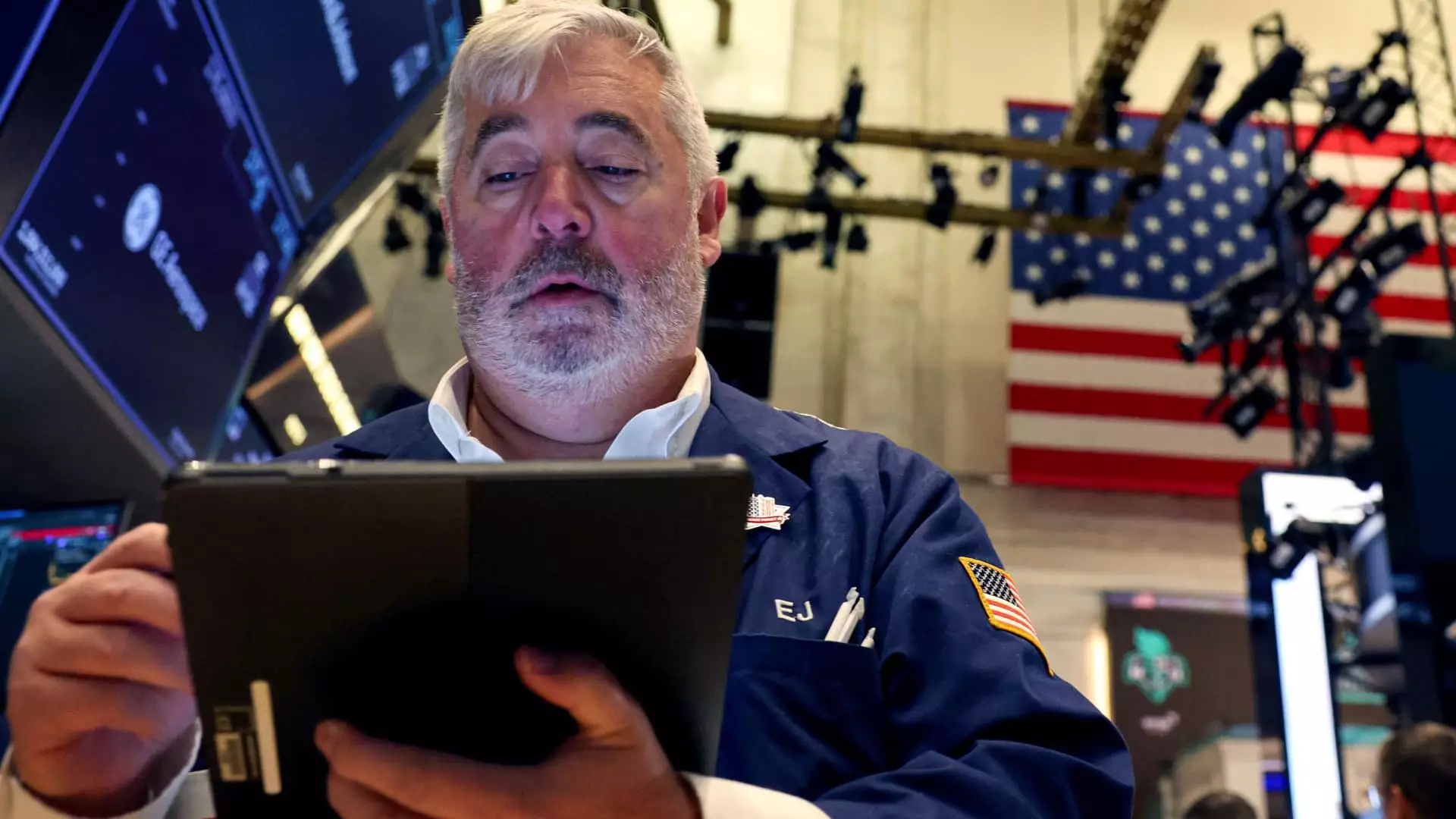As the U.S. approaches the presidential election, financial analysts are closely scrutinizing potential outcomes and their implications for the stock market. Goldman Sachs has created models highlighting four distinct senarios involving key players: former President Donald Trump and Vice President Kamala Harris, outlining how the S&P 500 might react under varying circumstances. Control of Congress also plays a critical role, as sweeping victories for either party could prompt significant changes in fiscal policies that affect corporate governance and investor strategies. Here, we explore these scenarios and the possible market reactions to facilitate informed investment decisions.
The uncertainty surrounding the election is palpable, with analysts noting that market volatility is expected to surge as election day approaches. Goldman Sachs emphasizes that the S&P 500 could see movements as pronounced as a 1.91-percentage-point shift in the wake of election results. However, their projections suggest that relief from election anxiety may pave the way for optimism in the markets.
Investors are reportedly exercising caution, hesitating to increase their positions until the election results are in. This anxiety is juxtaposed against the readiness of businesses to implement strategic decisions once the election-related uncertainties are resolved. Goldman Sachs anticipates a “relief rally” post-election, confident that major benchmarks will show positive returns by week’s end.
Goldman Sachs estimates a 25% probability of a Trump win coupled with a Republican sweep of Congress. In this scenario, the S&P 500 is projected to rally by 3%, driven largely by favorable outcomes for financial stocks, particularly regional banks. This surge stems from the expectations of business-friendly policies that could favor domestic cyclical companies over global exporters. However, the anticipated “skinny rally” in tech stocks—like those in the Nasdaq—could indicate a more tempered enthusiasm among investors and highlight the isolation of tech from other recovering sectors.
With a 30% probability attached to this scenario, Goldman Sachs predicts that the S&P 500 might experience a more modest gain of 1.5%. While a divided government poses challenges for enacting substantial changes in fiscal policy, the decline in the yield on the 10-year Treasury bonds could offset concerns over increasing fiscal debt, as noted by financial experts. The potential for tariffs and deregulation is still present, but the presence of a partisan gridlock limits drastic preventatives that could negatively shape market dynamics. Thus, the impact on the stock market may be fleeting, suggesting a cautiously optimistic view from investors.
Though the probability of a Harris landslide victory sits at a mere 5%, it is essential to consider its implications. Should this outcome occur, Goldman Sachs forecasts a retracement of about 3% for the S&P 500 due to anticipated corporate tax hikes potentially rising from 21% to 28%. Investors would likely react negatively as the incentives for high-growth companies could diminish, leading to a retreat in market confidence. Furthermore, with a slim Democratic majority, executing these fiscal initiatives may encounter significant hurdles, echoing the difficulties experienced during previous administrations. The combination of escalating corporate taxes and reduced deregulation makes this scenario particularly worrisome for long-term investors.
This scenario holds the highest likelihood—40%—of occurring. The market reaction could be a modest drop of 1.5% in the S&P 500. However, this does not preclude the possibility of investors bargain hunting in the aftermath of the decline, as evidenced by historically observed “buy-the-dip” behavior. The anticipated decline may be mitigated by lower rates and a weaker dollar, which could compensate for tapering deregulation. Additionally, sectors like renewable energy may experience surges in investor interest, aligning with Harris’s focus on sustainable growth strategies.
The impending election lays the groundwork for significant shifts in market dynamics, with various scenarios outlining the uncertain terrain ahead. For investors, proximity to election day may intimately intertwine with volatility and short-term market movements, grappling with the potential for both relief rallies and setbacks. As stakeholders await clarity regarding the future of U.S. leadership, an agile approach in navigating investments during this period of uncertainty will be paramount. Understanding these scenarios and their implications will empower investors, enabling them to make informed decisions that anticipate market shifts effectively.


Leave a Reply